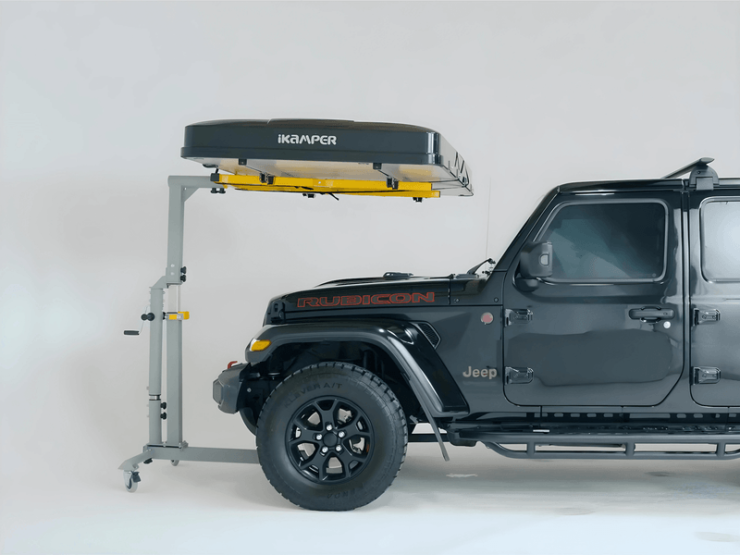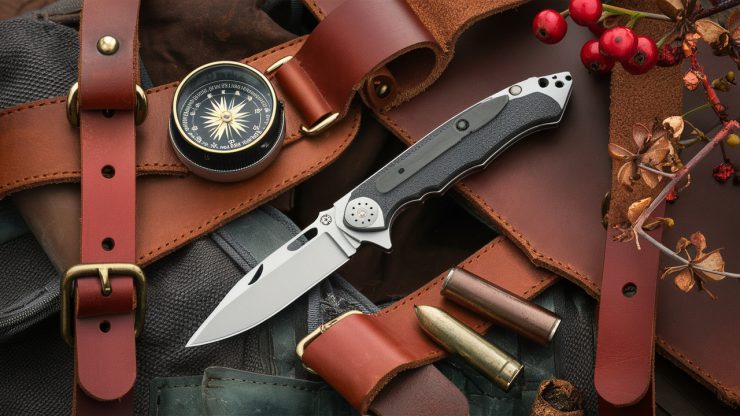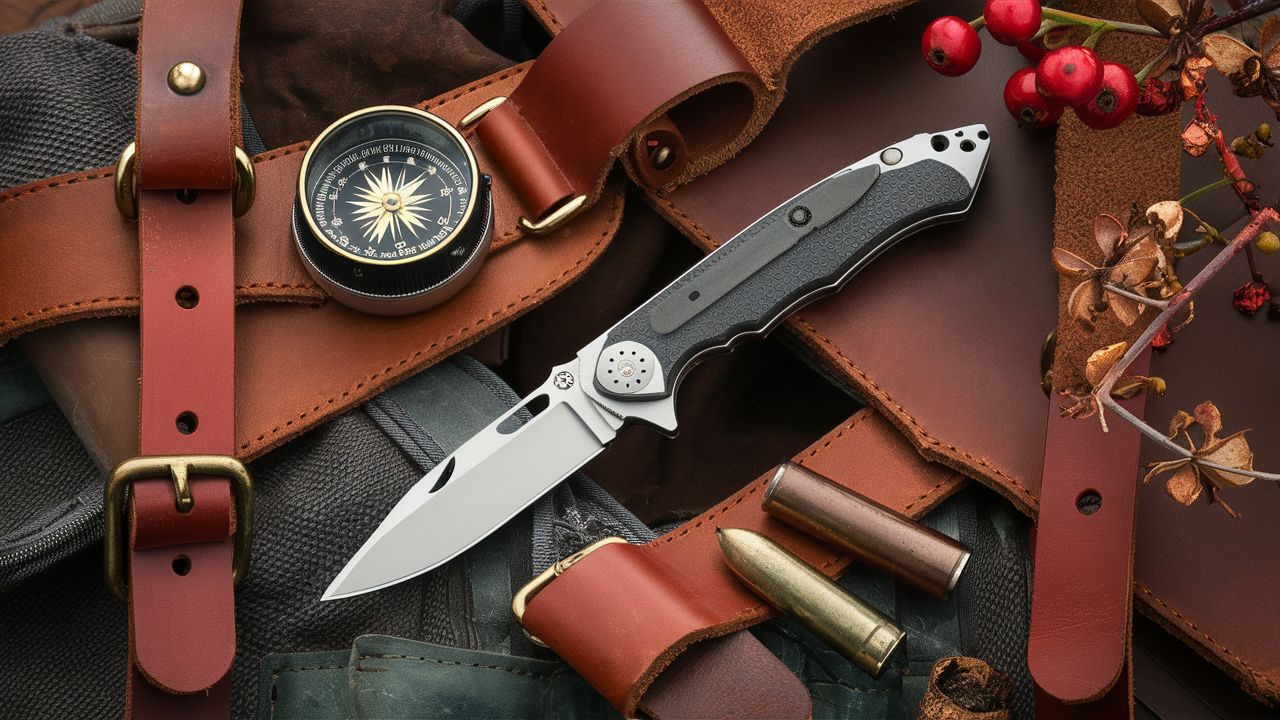 By David Ponce
By David Ponce
I’ll admit it right away. I’m totally out of my depth on this one. But, I can read technolese, and here’s what I’m getting. The Hettlage drive is a completely different kind of traction system for bicycles. Instead of using a chain, you use a tooth belt (like on some motor bikes). The advantage, it seems, is that you never need to lubricate it, and is thus much cleaner.
But, you know what they say… When in doubt, cut and paste!
The concept of hettlage drive is called ?variable sprocket?. This is a rear cog that varies its diameter. This is achieved by ten toothed segments, which can slide along a set of radial tracks to form a larger or a smaller sprocket.
Each segment has a built-in mechanism that locks into eleven indexed positions on the radial track. So the strain of the belt or the chain is not taken by the gear-shifting unit. Actually the gear-shift is done where there is no load at all on the segments, since they do not engage with the tooth belt when shifted.
This gives:
– High efficiency, especially under high strain.
– Comparative tests prove 20% less friction than a chain drive under load.
– Allows gear-shifting under full strain.
– The tooth belt does not need to be lubricated. It is always clean and dry.
– The belt cannot fall off the gear.
– A tooth belt drive does not wear out. The belt can be used at least five times longer than a chain. (A tooth belt like ours is used in car engines for over 100,000 km / 62,000 miles.)
Now, I’m not saying this is anything new. Seems to have been around for a year or two, but it’s still rather cool.
Of course, it’s not cheap. The Hettlage drive enabled bikes start at 2,500 Euros.
Thanks, Clemens!










